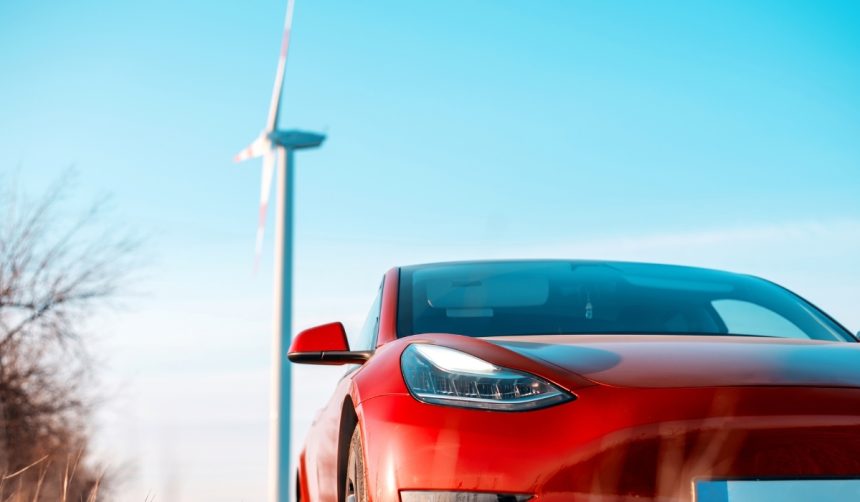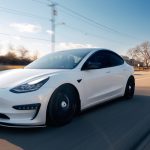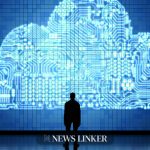Tesla’s Robotaxi program is taking significant steps forward in Austin, Texas, inviting a select group of individuals to test its autonomous ride-hailing technology. This initiative aims to refine service quality and operational safety by closely monitoring real-world interactions with the fully autonomous Robotaxi fleet. Tesla’s approach involves incrementally broadening both the rider base and service areas, balancing innovative deployment with measured caution. Some participants have expressed excitement over their involvement, signaling growing anticipation for wider release. Community engagement appears central, with invitations often extended to well-known supporters of the Tesla brand.
When Tesla introduced its self-driving Robotaxi platform in June, the initial rollout covered a modest number of participants, primarily in California. Expansion to Austin marks the latest phase in a strategy that has so far emphasized gradual, tightly-controlled scaling rather than a mass market push. Earlier reports from technology and automotive news sites highlighted regulatory and technical hurdles that limited previous deployment efforts, with many experts noting Tesla’s careful pace compared to competitors developing autonomous vehicles. The new developments in Austin reflect a continued emphasis on safety, but now with bolder ambitions for nationwide service.
How Are Invitations and Service Areas Expanding?
Tesla’s strategy for broadening its Robotaxi pilot in Austin prioritizes small, strategic additions to its rider group while methodically increasing the coverage area. Only a few invitations have been issued since late June, mostly directed at prominent figures in the Tesla owner and enthusiast community. The gradual expansion allows Tesla to collect valuable feedback and data under live conditions, ensuring any technical or user safety concerns are rapidly addressed.
What Are the Company’s Goals for Nationwide Access?
The company intends to move beyond invite-only access, ultimately operating its Robotaxi service without geo-restrictions. CEO Elon Musk has stated,
“We are being very cautious. We do not want to take any chances, so we are going to go cautiously. But the service areas and the number of vehicles in operation will increase at a hyper-exponential rate.”
An extended nationwide rollout is anticipated within the next three to six months, with the objective of offering autonomous ride-hailing to at least half of the U.S. population by year-end, assuming favorable regulatory conditions.
Which Regions Will See Regulatory Approvals First?
Tesla expects to secure regulatory approval for Robotaxi operations sooner in Nevada, Arizona, and Florida than in other states. Musk reiterated the company’s aspirations, noting,
“I think we will probably have autonomous ride-hailing in probably half the population of the U.S. by the end of the year. That’s at least our goal, subject to regulatory approvals. I think we will technically be able to do it.”
These initial states are seen as key markets for proving the reliability and efficacy of the technology under various urban and regulatory environments.
Tesla’s cautious yet ambitious rollout reflects a broader industry trend towards expanded autonomous vehicle access, even as competitors continue to face regulatory, technical, and public confidence challenges. The selective use of early invitations aims to create detailed operational feedback before scaling up, which may help mitigate risks associated with self-driving technology adoption. For readers and consumers, the evolving pilot program serves as a case study in balancing innovation, safety, and regulatory alignment within the fast-moving autonomous mobility market. Regular updates and close examination of participant experiences in Austin will offer valuable insights into the broader deployment potential of Tesla’s Robotaxi service, as the company pursues mass-market availability by the close of 2025.
- Tesla broadens Robotaxi pilot in Austin with selective new rider invitations.
- Regulatory approval is prioritized for states like Nevada, Arizona, and Florida.
- Nationwide access aims to reach half the U.S. population by year’s end.










